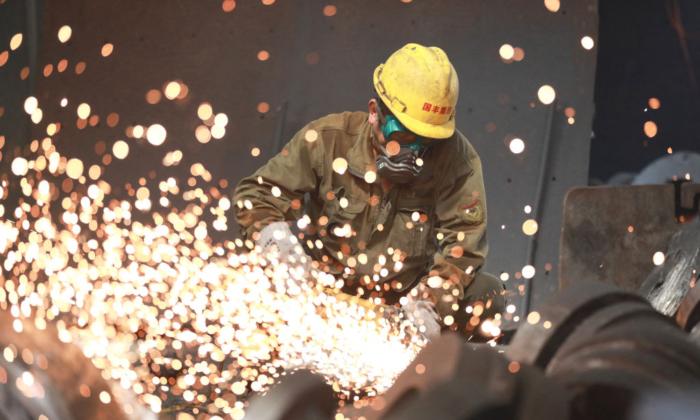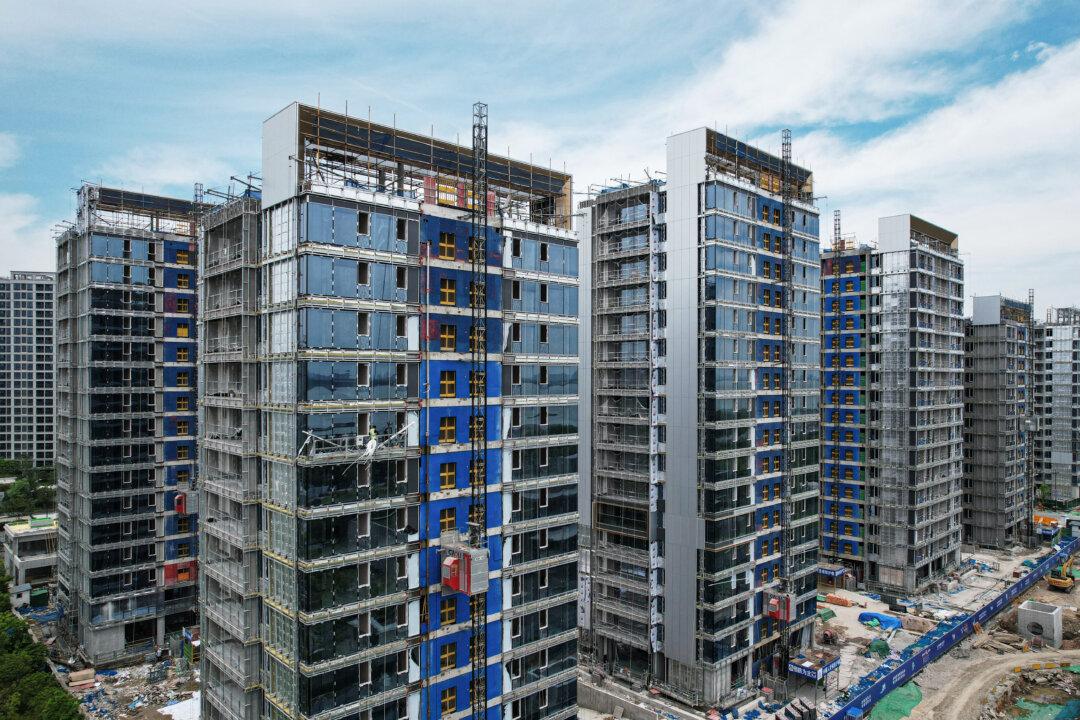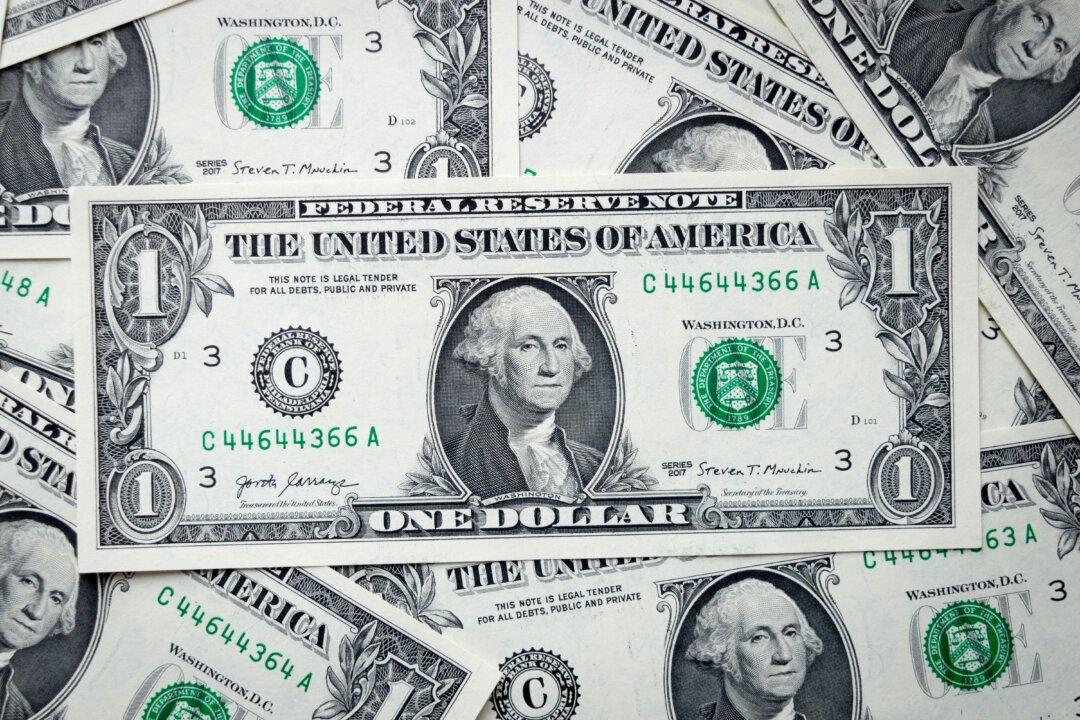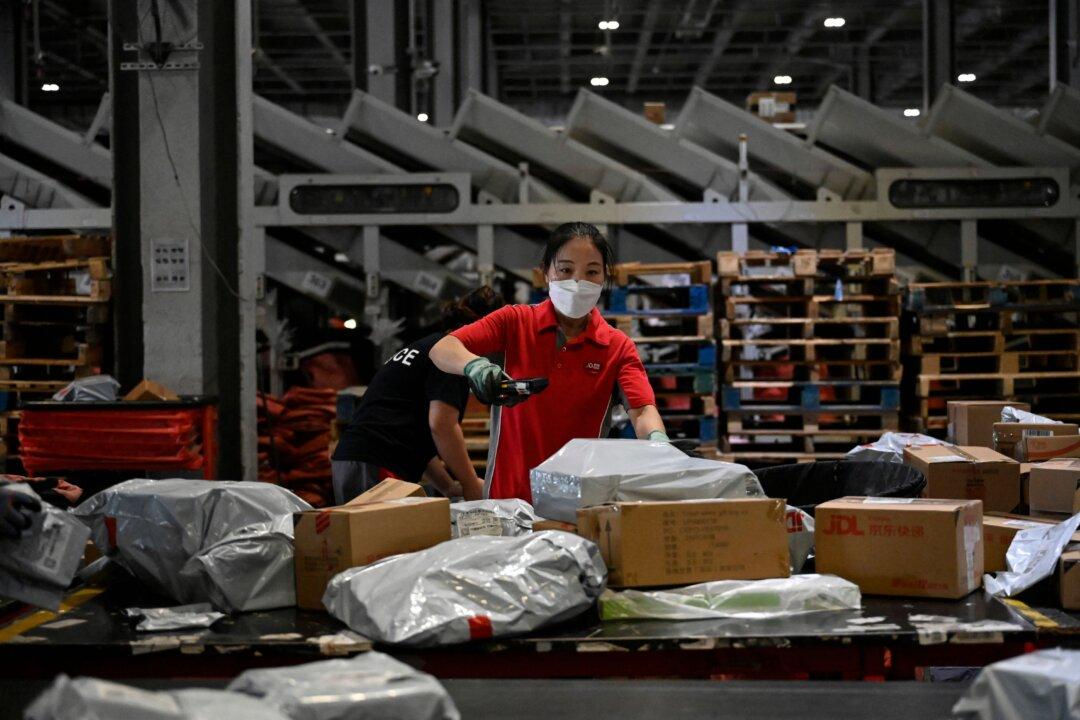China’s latest activity numbers delivered a grim outlook for the economy, with weak domestic demand hindering hopes of recovering from property market troubles and analysts predicting a sharp growth slowdown, exacerbated by the escalating trade wars.
Industrial output in May fell short of estimates, and the property sector slump continued despite policy support, putting pressure on Beijing to boost growth.
While retail sales exceeded expectations due to a holiday boost, most recent statistics indicated a bumpy recovery elsewhere for the world’s second-largest economy.
National Bureau of Statistics (NBS) numbers revealed that, on a sequential basis, the month-over-month industrial production (IP) growth slowed to 0.3 percent in May from 1 percent in April. A decline in property-related IP drove this weakness, with cement output remaining deeply contracted year to date, following three years of declines from 2021 to 2023.
Simultaneously, the auto IP growth more than halved to 7.6 percent year over year from 16.3 percent the prior month, while the IP growth for rubber and plastic, ferrous-metal smelting, and processing also eased in May.
That said, high-tech sectors recorded growth, with industrial robots, solar panels, and semiconductors all seeing double-digit increases.
Retail sales, however, a key indicator of consumption, surged by 3.7 percent year over year in May, up from 2.3 percent in April, reporting the fastest growth since February. Analysts had anticipated a 3 percent increase, spurred by a five-day public holiday earlier in the month.
Still, given the fading one-time boost, a weakening labor market, and financial constraints among households, Barclays FICC Research analysts “doubt its sustainability,” according to a June 17 note by the investment bank.
According to the investment bank, several e-commerce giants, including Alibaba and JD.com, moved the June 18-scheduled “618” shopping festival to start as early as May 20, boosting May online retail sales.
“Moreover, the recent push for consumer upgrading policies has also helped,” HSBC said, citing policies to encourage trade-ins of consumer durable products for newer and more energy-efficient ones.
Property Woes Deepen
Nonetheless, according to HSBC, the property sector continues to be a significant drag on the economy, with further contractions in property-related investment and sales.“The recent property-related policy easing may still need time to take place, while the solidity of economic growth in the quarters ahead would depend on the policies implemented by the government,” the HSBC note added.
In May, China saw the sharpest decline in new home prices in more than 9 1/2 years, despite government efforts to stabilize the property market by curbing oversupply and supporting heavily indebted developers.
Official data showed on June 17 that new home prices fell by 3.9 percent year over year in May, a steeper decline than the 3.1 percent drop recorded in April.
According to Reuters’ calculations based on NBS data, average prices dropped by 0.7 percent from the previous month, marking the 11th consecutive monthly decline and the largest since October 2014.
China’s once-pivotal property sector, a cornerstone of economic growth, has faced multiple crises since mid-2021, including developer defaults on debt and halted construction on pre-sold housing projects.
To address the challenges, authorities have intensified efforts to support the struggling sector, which include injecting 300 billion yuan ($41.32 billion) to reduce excessive housing inventory, easing down payment requirements, and relaxing mortgage regulations.
Yet that hardly moved the needle given the sector’s huge unsold stock, according to analysts.
Other Impediments
That aside, labor market conditions are showing no signs of recovery, as indicated by the employment indices for manufacturing, services, and construction, all of which remained firmly in contraction territory for the fourth consecutive month in May, according to NBS.For instance, the employment index for the construction sector fell to a two-year low in May, while the services PMI employment hit a four-month low.
“We expect financially constrained households to remain reluctant in terms of taking out more loans and spending more money. Instead, we see a greater desire to save,” Barclays noted.
Following the European Union’s imposing of tariffs on China-made electric cars last week and the United States’ quadrupling import tariffs on Chinese electric vehicles in May, China is bracing for retaliatory measures.
For instance, on June 17, China reportedly began an anti-dumping investigation into imported pork and by-products from the EU, specifically targeting Spain, the Netherlands, and Denmark.
Recent reports indicate that China may impose tariffs of up to 25 percent on vehicle imports, likely in response to U.S. actions.
Analysts warn that a potential trade war among the EU, the United States, and China could affect consumer sentiments and harm exports, exacerbating the growth challenges faced by the world’s second-largest economy.
“The escalating trade and tariff wars add another downside risk to growth,” Barclays said in the note.
Overall, Barclays projects “a sharp slowdown in growth momentum to only 0.2 percent” in the next quarter.
“Risks to growth are still tilted to the downside,” the investment bank said.







